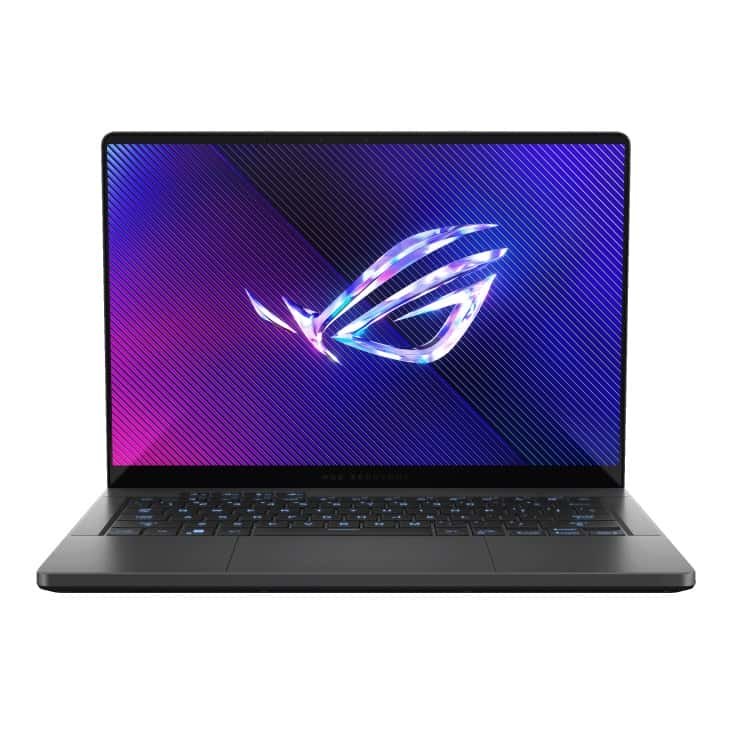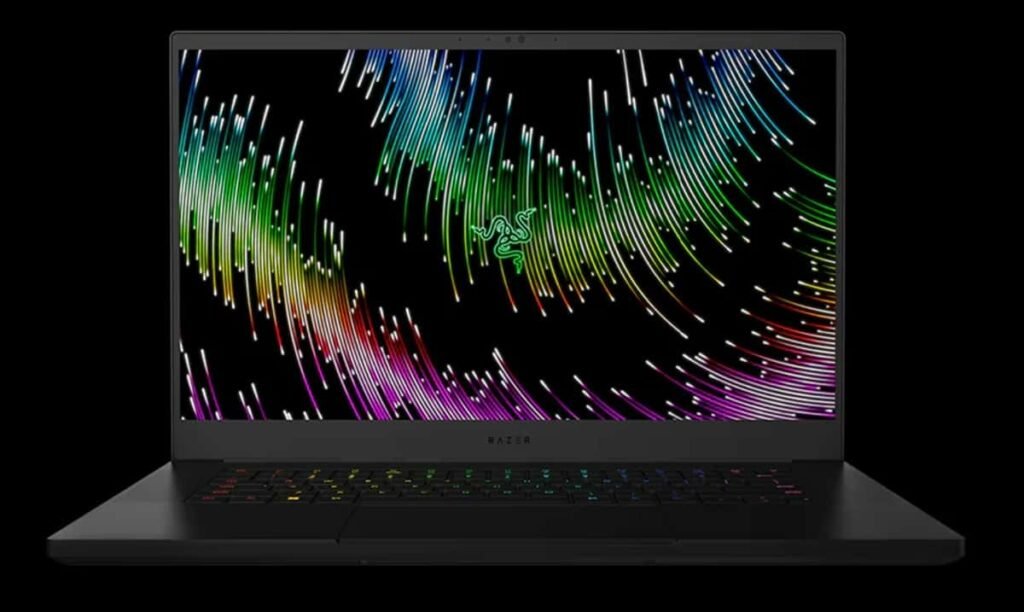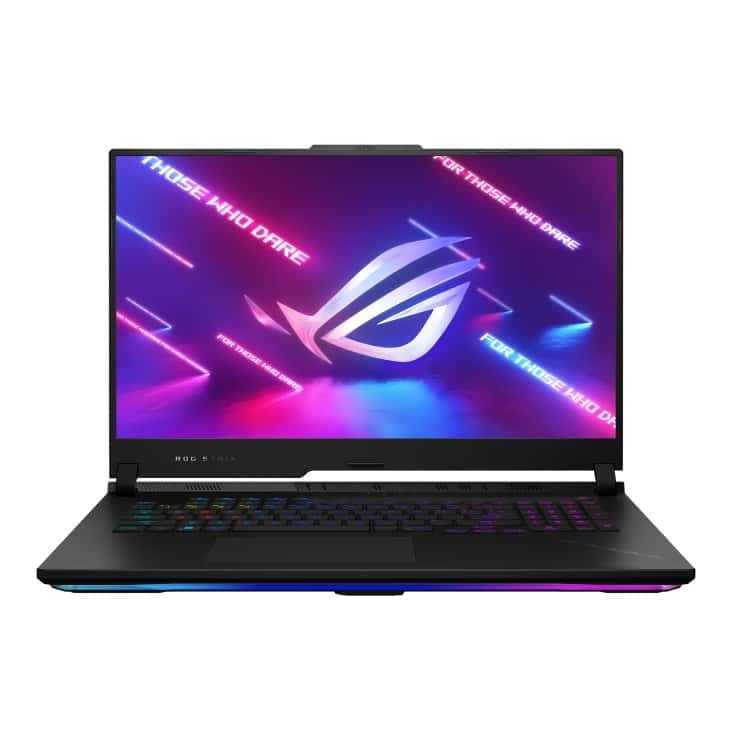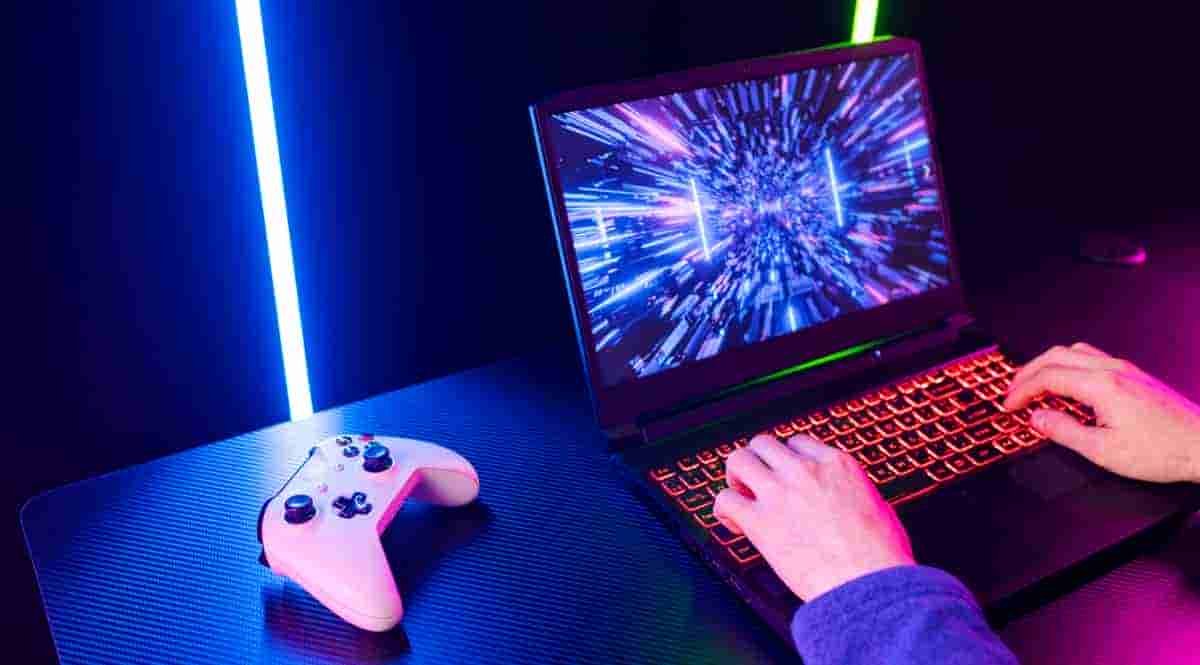For serious gamers, a dedicated gaming laptop is the holy grail. Forget being tethered to a desk; these powerhouses pack desktop-level performance into a portable package, allowing you to frag, build, and explore fantastical worlds wherever you go. But with so many options vying for your attention (and your hard-earned cash), choosing the right one can feel like navigating a complex endgame quest.
Fear not, intrepid gamer! This guide cuts through the noise and presents the top 8 best gaming laptops available right now, carefully chosen based on performance, features, build quality, and overall value. Whether you’re chasing ultimate frame rates, stunning visuals, or a balance between power and portability, there’s a laptop on this list to suit your needs.
Best Gaming Laptops

Important Considerations Before We Dive In:
Before we unveil our top picks, let’s quickly touch on the key factors to consider when choosing a gaming laptop:
- Processor (CPU): The brain of the operation. Look for Intel Core i7 or i9 processors (12th Gen or later) or AMD Ryzen 7 or 9 series CPUs for the best performance in modern games. Higher core counts and clock speeds generally translate to smoother gameplay, especially in CPU-intensive titles.
- Graphics Card (GPU): The powerhouse responsible for rendering those gorgeous visuals. NVIDIA GeForce RTX 30-series, 40-series, or AMD Radeon RX 6000-series and RX 7000-series cards are essential for a good gaming experience. Higher numbers indicate better performance and the ability to run games at higher resolutions and settings. Ray tracing and DLSS (Deep Learning Super Sampling) are key features to look for.
- RAM: Aim for at least 16GB of RAM for smooth multitasking and handling demanding games. 32GB is ideal if you plan on streaming or running multiple applications simultaneously.
- Storage: An NVMe SSD (Solid State Drive) is crucial for fast loading times and system responsiveness. 512GB is a good starting point, but 1TB or larger is recommended for storing your game library. Consider a secondary HDD for less frequently played games and other files.
- Display: Resolution, refresh rate, and panel technology are vital. Aim for at least a 1920×1080 (Full HD) display with a refresh rate of 120Hz or higher for smoother visuals. QHD (2560×1440) and 4K (3840×2160) options are available for sharper images but require more powerful hardware. IPS panels offer excellent color accuracy and viewing angles, while OLED panels provide exceptional contrast and vibrant colors (at a premium).
- Cooling System: Gaming laptops generate significant heat. A robust cooling system is essential to prevent thermal throttling and maintain performance. Look for designs with multiple fans, heat pipes, and efficient ventilation.
- Keyboard and Trackpad: A comfortable keyboard with good key travel and responsiveness is essential for extended gaming sessions. Consider the trackpad if you plan to use the laptop for productivity tasks.
- Battery Life: Gaming laptops are notorious for their poor battery life when gaming. Don’t expect to play AAA titles unplugged for more than a couple of hours. Prioritize performance over battery life.
- Ports: Ensure the laptop has enough ports for your peripherals, including USB-A, USB-C, HDMI, and headphone jack.
- Price: Gaming laptops span a wide price range. Set a budget and prioritize the components that are most important to you.
Now, let’s get to the good stuff! Here are our top 8 picks for the best gaming laptops in 2024:
1. ASUS ROG Zephyrus G14 (2024): The Compact Powerhouse

- Why it’s great: The Zephyrus G14 consistently earns accolades for its impressive performance in a remarkably compact and lightweight chassis. It’s perfect for gamers who prioritize portability without sacrificing too much power. The 2024 model typically features AMD Ryzen 9 processors, NVIDIA GeForce RTX 40-series GPUs, and a stunning Nebula Display (often OLED) with high refresh rates. Its excellent battery life (for a gaming laptop) makes it a versatile choice for both gaming and productivity.
- Key Specs (Example Configuration): AMD Ryzen 9 7940HS, NVIDIA GeForce RTX 4060, 16GB RAM, 1TB SSD, 14-inch QHD+ 165Hz Nebula Display
- Pros: Excellent performance-to-size ratio, stylish design, surprisingly good battery life, beautiful display.
- Cons: Can get a bit pricey, smaller screen size might not appeal to everyone.
- Check on the Official Website
2. Razer Blade 15 (2024): The Premium Gaming Experience

- Why it’s great: Razer is synonymous with premium gaming, and the Blade 15 continues that tradition. It boasts a sleek, minimalist design, top-of-the-line components, and a vibrant display. Expect to find configurations with Intel Core i7 or i9 processors, NVIDIA GeForce RTX 40-series GPUs, and high-refresh-rate displays (often OLED or Mini-LED). The advanced cooling system ensures optimal performance even during intense gaming sessions.
- Key Specs (Example Configuration): Intel Core i9-13900H, NVIDIA GeForce RTX 4070, 32GB RAM, 1TB SSD, 15.6-inch QHD 240Hz OLED Display
- Pros: Premium design and build quality, powerful performance, stunning display options, excellent keyboard, and trackpad.
- Cons: Expensive, battery life can be limited, and some users find the design to be too minimalist.
- Check on the Official Website
3. ASUS ROG Strix Scar 17 (2024): The Uncompromising Performance Champion

- Why it’s great: If you crave raw power and don’t mind a larger form factor, the ROG Strix Scar 17 is the machine for you. It’s designed for hardcore gamers who demand the best possible performance. Expect configurations with Intel Core i9 processors or AMD Ryzen 9 processors, NVIDIA GeForce RTX 40-series GPUs (often the higher-end models), and high-refresh-rate displays. The advanced cooling system is designed to handle even the most demanding workloads.
- Key Specs (Example Configuration): Intel Core i9-13980HX, NVIDIA GeForce RTX 4080, 32GB RAM, 2TB SSD, 17.3-inch QHD 240Hz IPS Display
- Pros: Exceptional performance, excellent cooling, customizable RGB lighting, immersive audio.
- Cons: Bulky and heavy, expensive, battery life is not a priority.
- Check on the Official Website
4. Alienware m15 R7 (or R8): The Customizable Powerhouse

- Why it’s great: Alienware is a name synonymous with high-end gaming. The m15 R7 (and its successor, the R8) offers a balance of power and portability with a distinctive Alienware design. It features Intel Core i7 or i9 processors or AMD Ryzen options, NVIDIA GeForce RTX 30-series or 40-series GPUs, and customizable options. Alienware’s Command Center software provides granular control over system settings and lighting.
- Key Specs (Example Configuration): Intel Core i7-12700H, NVIDIA GeForce RTX 3070 Ti, 16GB RAM, 1TB SSD, 15.6-inch QHD 240Hz IPS Display
- Pros: Powerful performance, customizable options, distinctive Alienware design, excellent keyboard.
- Cons: Can be expensive, battery life is average, Alienware Command Center can be overwhelming for some users.
5. Lenovo Legion Pro 7 (2024): The Feature-Packed Contender
- Why it’s great: The Lenovo Legion Pro 7 consistently impresses with its well-rounded feature set, powerful performance, and attractive price point. It typically includes Intel Core i7 or i9 processors or AMD Ryzen counterparts, NVIDIA GeForce RTX 40-series GPUs, and a vibrant display with high refresh rates. Lenovo’s Coldfront cooling system keeps temperatures in check, while the Nahimic audio provides an immersive sound experience.
- Key Specs (Example Configuration): AMD Ryzen 9 7945HX, NVIDIA GeForce RTX 4080, 32GB RAM, 1TB SSD, 16-inch QHD+ 240Hz IPS Display
- Pros: Excellent performance, advanced cooling, comfortable keyboard, well-rounded feature set.
- Cons: Design is less flashy than some competitors, and can be a bit heavy.
6. Acer Predator Helios 300 (2024): The Value King
- Why it’s great: The Acer Predator Helios 300 offers a compelling blend of performance and affordability. It’s a great choice for gamers who want a powerful machine without breaking the bank. Expect configurations with Intel Core i7 processors or AMD Ryzen CPUs, NVIDIA GeForce RTX 30-series or 40-series GPUs, and high-refresh-rate displays. The Acer CoolBoost technology helps to keep temperatures under control.
- Key Specs (Example Configuration): Intel Core i7-12700H, NVIDIA GeForce RTX 3060, 16GB RAM, 512GB SSD, 15.6-inch FHD 144Hz IPS Display
- Pros: Affordable price, good performance for the price, decent cooling, attractive design.
- Cons: Display quality could be better, battery life is limited, and build quality is not as premium as some competitors.
7. MSI Raider GE78HX (2024): The Powerhouse with All the Bells and Whistles
- Why it’s great: The MSI Raider GE78HX is designed for gamers who want a no-compromise experience. It’s packed with the latest and greatest components, including Intel Core i9 processors, NVIDIA GeForce RTX 40-series GPUs, and a high-resolution, high-refresh-rate display. It often includes innovative features like a SteelSeries keyboard with per-key RGB lighting and advanced audio technologies.
- Key Specs (Example Configuration): Intel Core i9-13980HX, NVIDIA GeForce RTX 4090, 64GB RAM, 2TB SSD, 17-inch QHD 240Hz Mini LED Display
- Pros: Top-of-the-line performance, stunning display, premium features, excellent keyboard.
- Cons: Very expensive, bulky, and heavy; battery life is poor.
8. HP Omen 16 (2024): The Reliable and Refined Option
- Why it’s great: The HP Omen 16 strikes a good balance between performance, features, and price. It’s a reliable choice for gamers who want a well-rounded machine without excessive bells and whistles. Expect configurations with Intel Core i7 or i9 processors or AMD Ryzen CPUs, NVIDIA GeForce RTX 30-series or 40-series GPUs, and high-refresh-rate displays. HP’s Omen Gaming Hub software provides customization options.
- Key Specs (Example Configuration): AMD Ryzen 7 6800H, NVIDIA GeForce RTX 3070 Ti, 16GB RAM, 1TB SSD, 16.1-inch QHD 165Hz IPS Display
- Pros: Solid performance, reliable build quality, good value for the price, comfortable keyboard.
- Cons: Design is relatively understated, display quality is decent but not exceptional, and battery life is average.
Final Thoughts:
Choosing the best gaming laptop ultimately comes down to your individual needs and priorities. Consider your budget, desired performance level, portability requirements, and preferred features. Read reviews, compare specs, and, if possible, try out the laptop in person before making a decision.
Remember that the landscape of gaming laptops is constantly evolving, so be sure to stay informed about the latest releases and technologies. With the right research and a little bit of luck, you’ll find the perfect gaming laptop to elevate your gameplay and conquer any virtual world. Good luck, and happy gaming!



